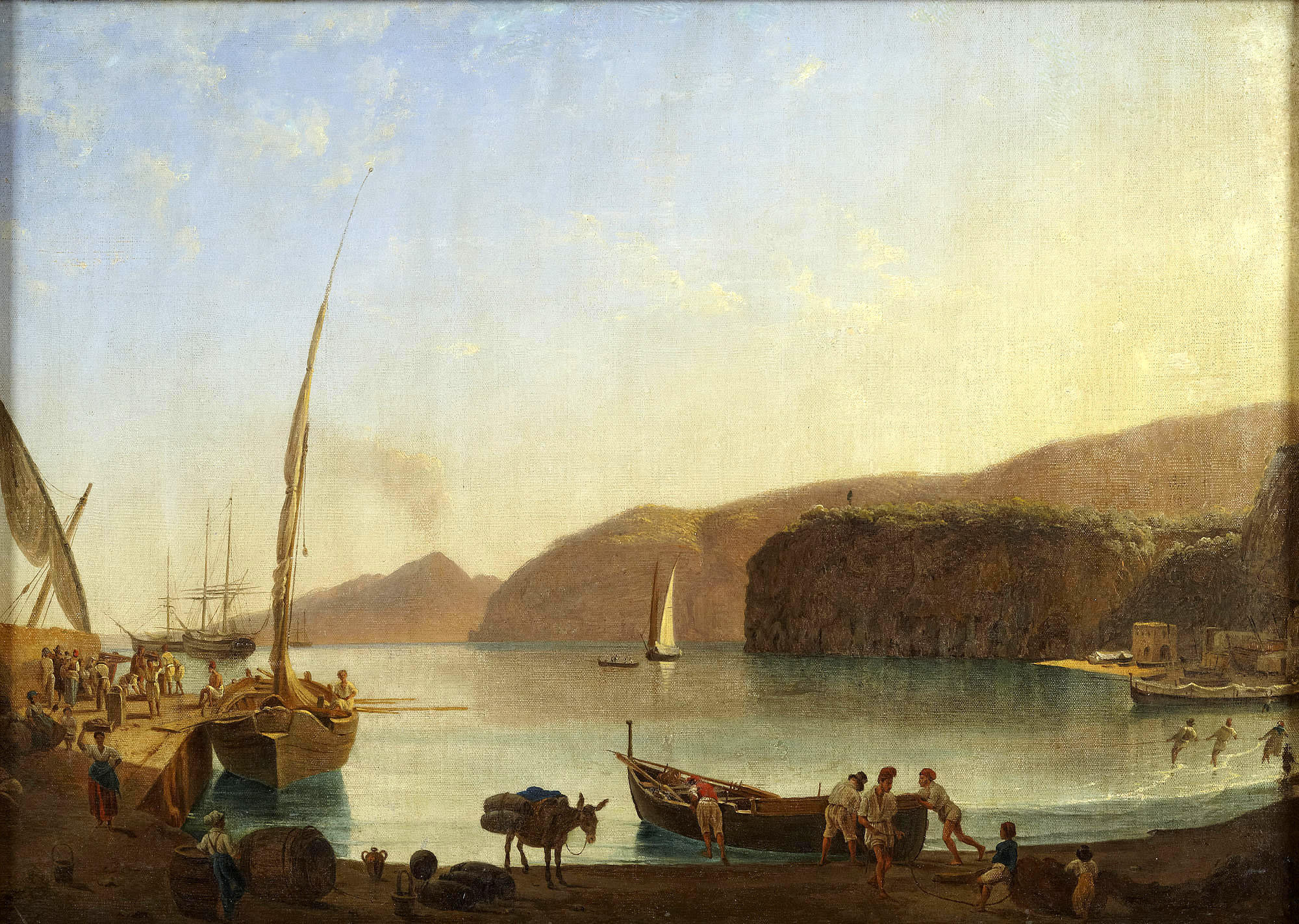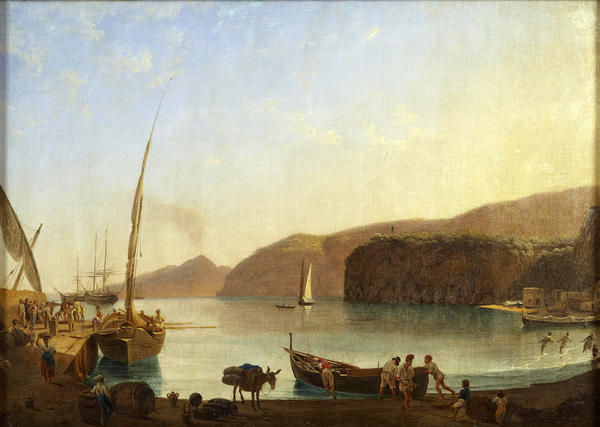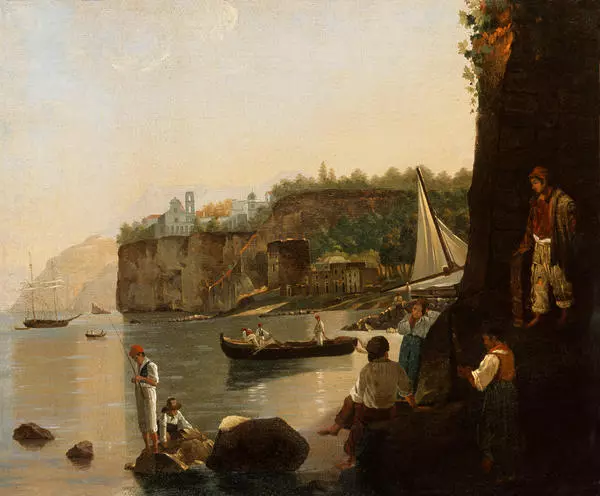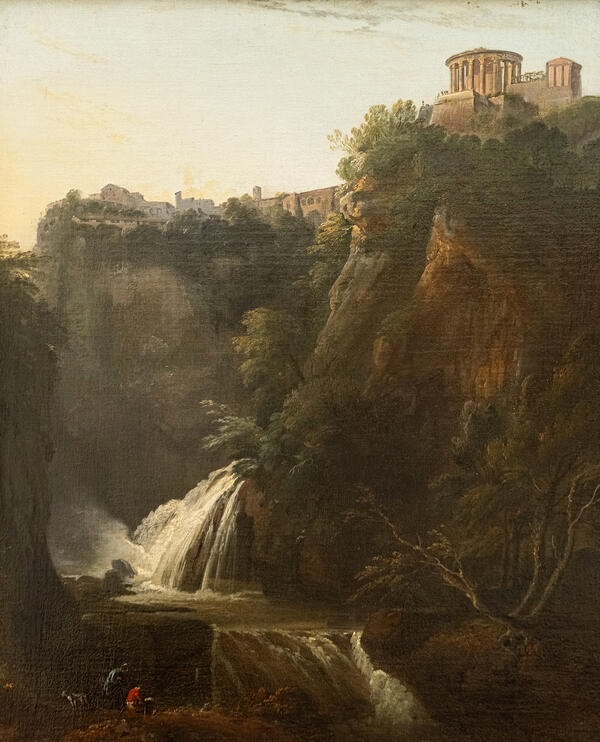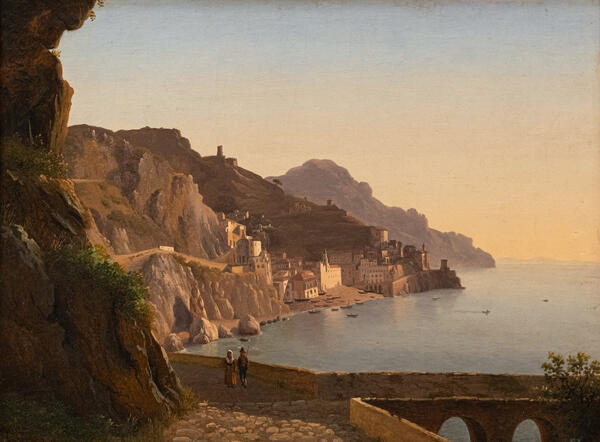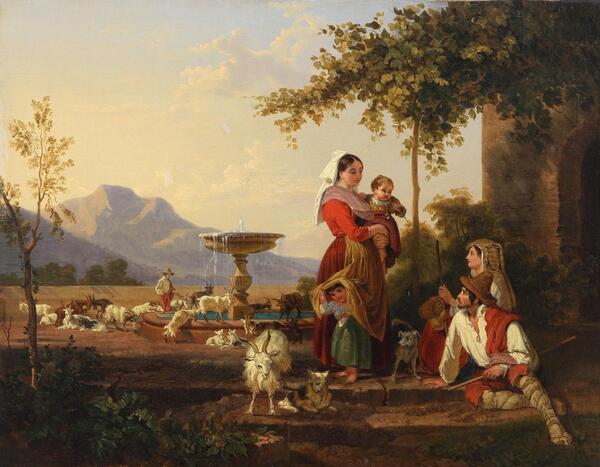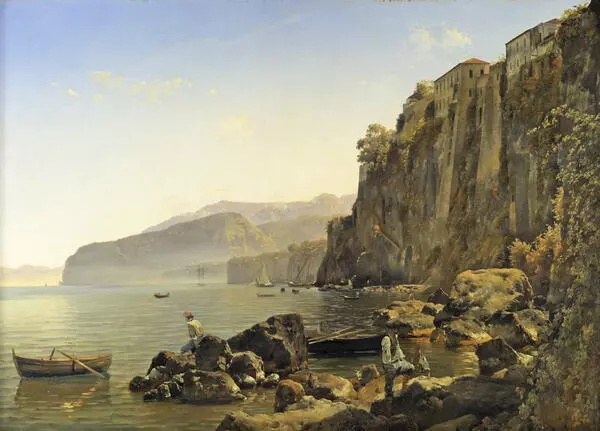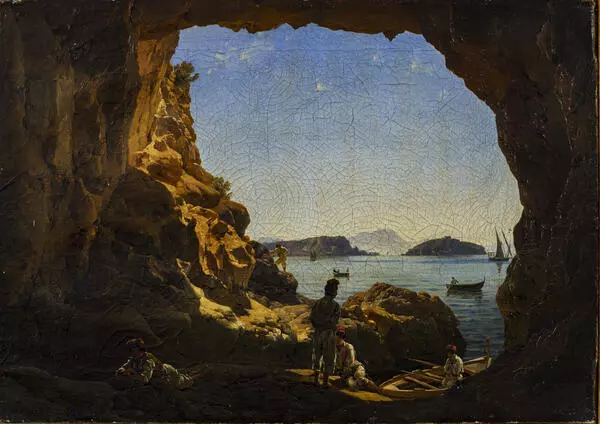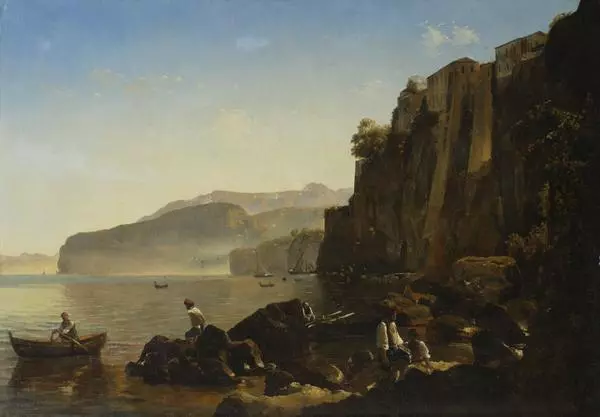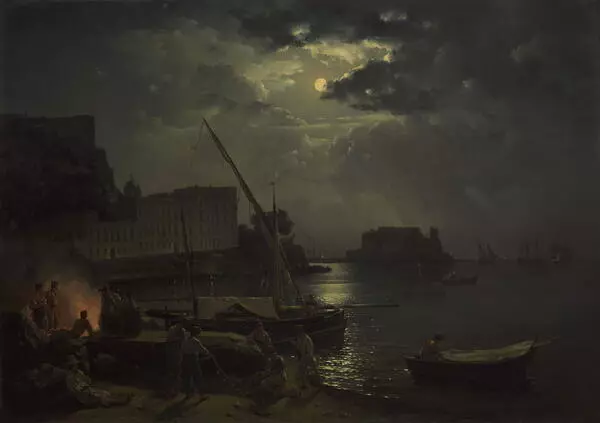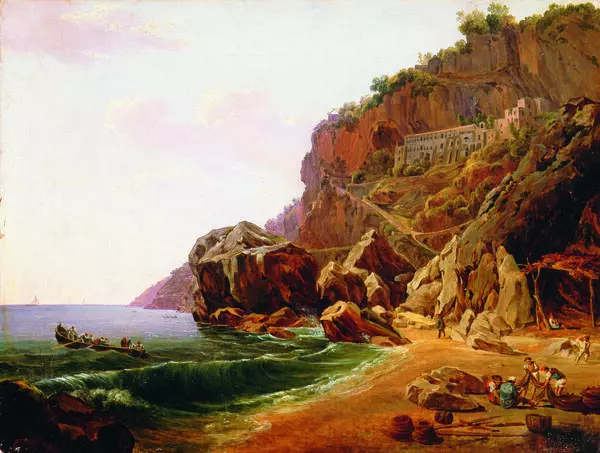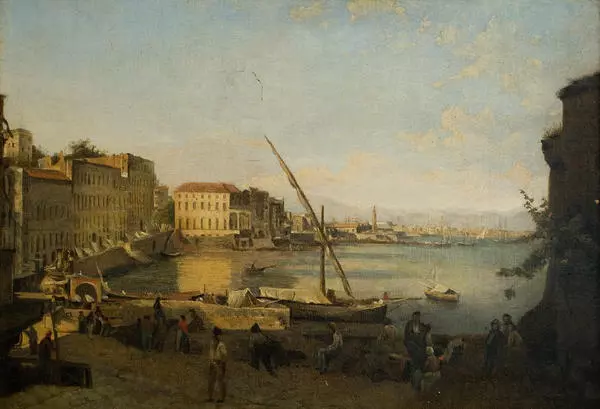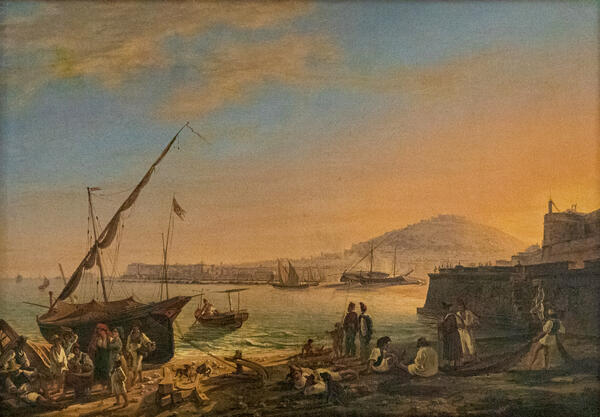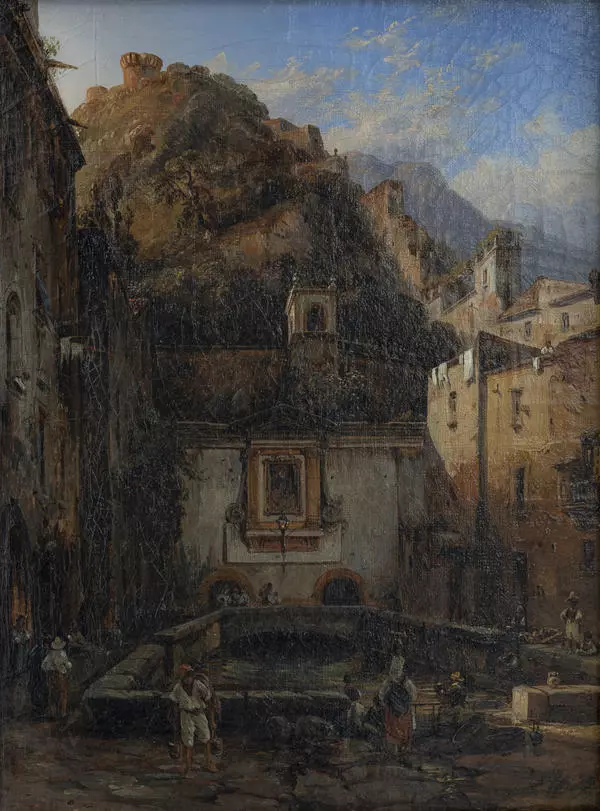With the advent of Sylvester Shchedrin, Russian landscape painting not only stood apace of the contemporary Western European art, but also even surpassed it in approving a new type of free realistic image of nature from life. In Russia, Shchedrin became an innovator in mastering plein-air painting, the first of his compatriots to go out into the open air, striving for direct vision and emotional transmission of beauty, harmony and diversity of the world.
He goes to the ‘homeland of the arts’ - to Italy, which at that time had become a synonym for the Promised Land in Russian culture. An artist who has died early will never return to Russia, forever remaining in the history of art, according to one of the critics, ‘a Russian interpreter of the world-famous beauties of Italy.’ With his brush, he sang the sun-drenched, tranquil bays and harbors, sheltered by the mountains from the vast world beyond them, isolated from any storms and thunderstorms; turned the everyday life of the fishermen, merchants, and sailors who inhabited them into a poetically exalted hymn to human being.
Since childhood, he lived ‘surrounded by muses’ - his father Feodosy Shchedrin was a famous sculptor, associate rector of the Imperial Academy of Arts, his uncle Semyon Shchedrin was the Academy’s professor and the head of the landscape class. Graduation from the Academy with a gold medal gave the young artist the right to study abroad at Academy’s expense.
He goes to the ‘homeland of the arts’ - to Italy, which at that time had become a synonym for the Promised Land in Russian culture. An artist who has died early will never return to Russia, forever remaining in the history of art, according to one of the critics, ‘a Russian interpreter of the world-famous beauties of Italy.’ With his brush, he sang the sun-drenched, tranquil bays and harbors, sheltered by the mountains from the vast world beyond them, isolated from any storms and thunderstorms; turned the everyday life of the fishermen, merchants, and sailors who inhabited them into a poetically exalted hymn to human being.
‘Italian Landscape’ also represents this, testifying to the artist’s desire for a thorough study of nature, the expression of his personal attitude to it. In this work, Shchedrin brilliantly managed to revive the wooden flooring of the pier and the walls of architectural structures on the shore with a play of light. The artist conveyed the light glide on the water of sailing boats and organically introduced genre motifs into the landscape, scattering here and there the numerous staff figures of people who were already finishing in the workshop. The artist not only masterfully conveyed the special transparency of the airy atmosphere, in which all objects appear more clearly and distinctly, but also resolutely rejected the deaf and dark “museum” tones, demonstrating a bright and clear gamma, enhanced tone of color.
